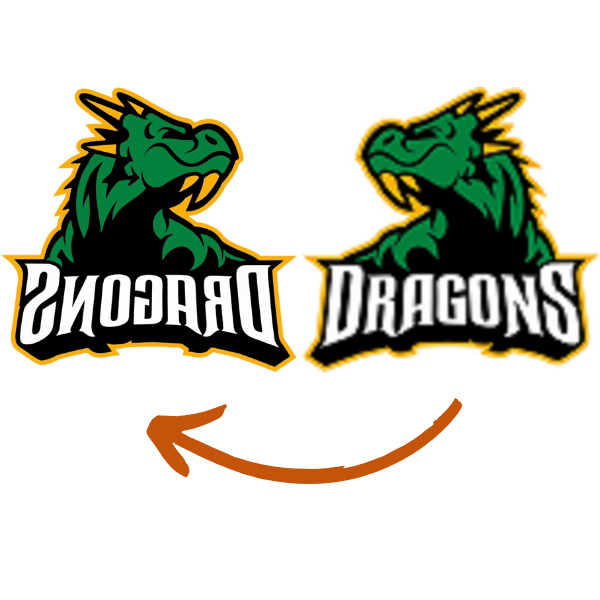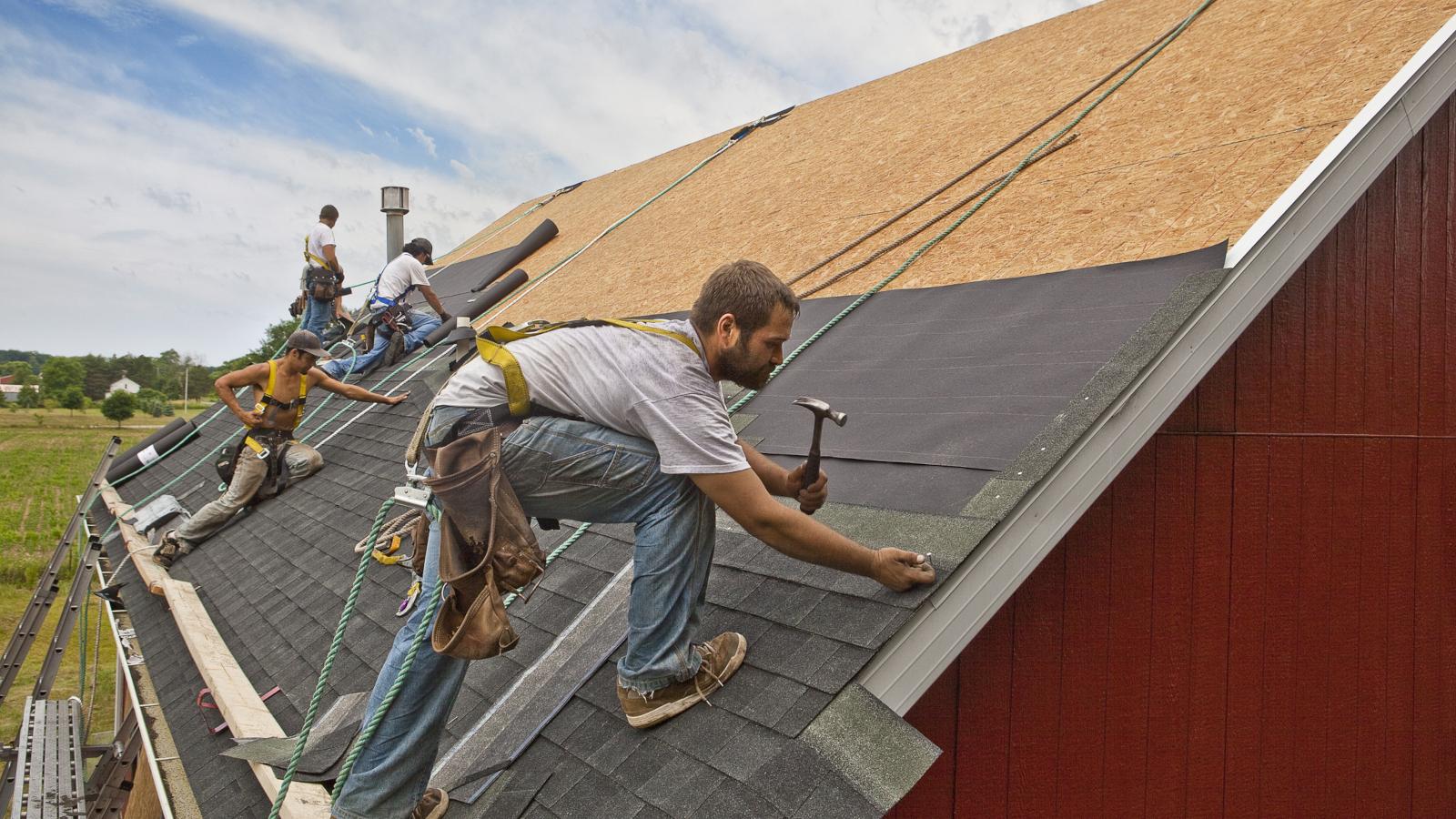Embroidery digitizing is the art of transforming artwork into a digital format that embroidery machines can interpret and stitch onto fabric. This process is crucial in achieving the desired look, feel, and quality in the final embroidered product. One of the most important aspects of embroidery digitizing is selecting the right stitch types for different elements of the design. Each stitch type has unique characteristics, and understanding how and when to use them is key to producing professional-quality embroidery.
In this comprehensive guide, we’ll explore the various stitch types used in embroidery digitizing, how they impact the final product, and their relevance in embroidery digitizing services. By the end, you’ll have a clear understanding of which stitch types to use for different design elements and how to optimize them for the best results.
1. What is a Stitch Type in Embroidery Digitizing?
Defining Stitch Types
In embroidery digitizing services, a stitch type refers to the method by which thread is laid down on the fabric to create a specific part of the design. The choice of stitch type determines the texture, coverage, and overall appearance of the embroidered design. Different stitch types are used to achieve various effects, from solid fills to delicate outlines, and their selection depends on the design, fabric, and desired outcome.
Importance of Stitch Types in Embroidery Digitizing
Choosing the correct stitch type is crucial for several reasons:
- Design Accuracy: The right stitch type ensures that the design looks as intended, with proper proportions and details.
- Fabric Compatibility: Different fabrics react differently to various stitch types, so it’s important to match the stitch type with the fabric.
- Durability: The durability of the embroidery is affected by the stitch type, with some stitches being more resilient and others more prone to wear and tear.
- Aesthetic Appeal: Stitch types can enhance the visual appeal of a design by adding texture, depth, and dimension.
2. Common Stitch Types in Embroidery Digitizing
Satin Stitch
The satin stitch is one of the most commonly used stitch types in embroidery digitizing. It creates a smooth, glossy finish and is ideal for lettering, borders, and small design elements.
- Characteristics:
- Smooth Finish: Provides a sleek, shiny appearance.
- High Coverage: Offers good coverage with minimal stitch count.
- Flexibility: Can be used in varying widths, making it versatile for different design elements.
- Best Used For:
- Lettering: Particularly effective for small to medium-sized text.
- Borders and Outlines: Great for adding definition to shapes and designs.
- Monograms: Commonly used in monogramming due to its elegant finish.
Fill Stitch (Tatami Stitch)
The fill stitch, also known as tatami stitch, is used to cover large areas of a design. It consists of rows of stitches laid down in a pattern, creating a textured surface.
- Characteristics:
- Textured Surface: Provides a more textured and patterned appearance.
- High Coverage: Covers large areas effectively, making it ideal for solid shapes.
- Customizable Patterns: Can be adjusted to create different textures and effects.
- Best Used For:
- Backgrounds: Ideal for filling large background areas.
- Large Shapes: Effective for filling in large design elements.
- 3D Effects: Can be used in combination with other stitches to create a layered, three-dimensional effect.
Running Stitch
The running stitch is a simple, single line of stitches that is used primarily for outlines and fine details. It’s one of the most basic stitch types but is essential for creating crisp, clean lines.
- Characteristics:
- Simple and Versatile: A straightforward stitch that can be used in many applications.
- Low Density: Uses minimal thread, making it light on the fabric.
- Flexible: Can follow curves and angles easily.
- Best Used For:
- Outlines: Ideal for creating detailed outlines in a design.
- Fine Details: Great for adding small details or accents.
- Underlay: Often used as an underlay stitch to provide a foundation for other stitch types.
Satin Column Stitch
The satin column stitch is similar to the satin stitch but is used specifically for narrow, elongated areas. It’s perfect for elements like vines, stems, and other linear shapes.
- Characteristics:
- Narrow and Elongated: Designed for long, thin shapes.
- Consistent Width: Provides a uniform width throughout the design element.
- Glossy Finish: Maintains the smooth, shiny finish characteristic of satin stitches.
- Best Used For:
- Stems and Vines: Ideal for creating natural, flowing shapes.
- Borders: Effective for narrow borders or frames.
- Lettering: Can be used for very narrow text elements.
Split Stitch
The split stitch is a variation of the running stitch where the needle splits the thread with each stitch, creating a more textured and thicker line. It’s often used in hand embroidery but can be replicated in digitized designs.
- Characteristics:
- Textured Line: Creates a thicker, more textured line than a standard running stitch.
- Enhanced Visual Effect: Adds a handcrafted look to the embroidery.
- Durability: Offers added durability to the embroidered lines.
- Best Used For:
- Outlines: Adds a decorative, textured outline to designs.
- Detail Work: Effective for adding texture to detailed elements.
- Rustic Designs: Works well with designs intended to have a more rustic or handmade appearance.
Bean Stitch (Triple Stitch)
The bean stitch, also known as the triple stitch, is a variation of the running stitch where each stitch is repeated three times in the same spot, creating a thicker and more pronounced line.
- Characteristics:
- Thick Line: Creates a bold, visible line.
- Enhanced Durability: The triple repetition adds strength and durability to the stitch.
- Textured Appearance: Offers a textured, substantial line.
- Best Used For:
- Outlines: Ideal for creating bold, pronounced outlines.
- Lettering: Effective for making small text stand out.
- Accents: Adds emphasis to key design elements.
3. Advanced Stitch Types
Appliqué Stitch
Appliqué is a technique where fabric pieces are sewn onto a larger fabric surface, and the edges are covered with embroidery stitches. This method is used to add large areas of color or texture without stitching the entire area.
- Characteristics:
- Fabric and Stitch Combination: Combines fabric pieces with embroidery stitches for a mixed-media effect.
- Efficient Coverage: Covers large areas with minimal stitching.
- Dimensional Effect: Adds depth and dimension to the design.
- Best Used For:
- Large Shapes: Effective for large, solid areas that would otherwise require extensive stitching.
- Textured Effects: Adds texture and visual interest to the design.
- Cost Efficiency: Reduces thread usage and stitch count, saving time and materials.
3D Puff Stitch
The 3D puff stitch is used to create raised, three-dimensional embroidery by stitching over a foam material that adds height to the design. This stitch type is often used in logos and monograms.
- Characteristics:
- Raised Effect: Creates a raised, three-dimensional effect.
- Bold Appearance: Provides a bold, standout appearance, particularly in lettering.
- Durability: The foam adds durability to the embroidery, making it resistant to wear and tear.
- Best Used For:
- Logos: Ideal for creating standout logos on caps, jackets, and other apparel.
- Monograms: Adds a luxurious, raised effect to monograms.
- Specialty Items: Great for items that require a bold, three-dimensional look.
Cross Stitch
Cross stitch is a traditional hand embroidery technique that has been adapted for machine embroidery. It involves stitching small X-shaped stitches to create patterns and images.
- Characteristics:
- Patterned Appearance: Creates a grid-like, patterned effect.
- Traditional Look: Offers a classic, handcrafted look.
- Detailed Patterns: Suitable for creating detailed patterns and images.
- Best Used For:
- Decorative Designs: Ideal for creating decorative elements in embroidery.
- Home Décor: Commonly used in home décor items like pillows and wall hangings.
- Traditional Motifs: Perfect for designs that require a traditional or vintage appearance.
4. How Stitch Types Impact Embroidery Digitizing Services
Optimizing Stitch Types for Professional Results
In professional digitizing for embroidery services, selecting the right stitch types is crucial for delivering high-quality products to clients. The stitch type impacts the visual appeal, durability, and overall quality of the embroidery, making it an essential consideration for digitizers.
- Client Satisfaction: The right stitch type ensures that the final product meets the client’s expectations in terms of appearance and durability.
- Production Efficiency: Using the correct stitch types can streamline the production process, reducing machine time and material usage.
- Design Versatility: Understanding and effectively using different stitch types allows for greater design versatility, enabling digitizers to handle a wide range of projects.
Challenges in Selecting Stitch Types
Selecting the appropriate stitch type can be challenging, especially for complex designs or when working with difficult fabrics. Factors such as fabric type, design complexity, and intended use of the embroidered item must be considered to ensure optimal results.
- Fabric Considerations: Different fabrics require different stitch types to avoid issues like puckering or thread breakage.
- Design Complexity: Complex designs may require a combination of stitch types to achieve the desired look.
- Client Preferences: Clients may have specific preferences for how the embroidery should look and feel, which can influence stitch type selection.
5. Conclusion
Understanding the different stitch types in embroidery digitizing is essential for creating high-quality, professional embroidery. Each stitch type has its own unique characteristics and is suited for specific design elements and fabric types. By mastering these stitch types, you can elevate your embroidery digitizing services and produce designs that are visually appealing, durable, and tailored to your clients’ needs.
Whether you’re working on personal projects or offering embroidery digitizing services professionally, the knowledge of stitch types will empower you to achieve the best possible results in your embroidery work.
FAQs
1. What is the most commonly used stitch type in embroidery digitizing?
The satin stitch is one of the most commonly used stitch types in embroidery digitizing, known for its smooth, glossy finish and versatility in various design elements like lettering and borders.
2. How does fabric type affect stitch selection in embroidery digitizing?
Fabric type greatly influences stitch selection; for example, delicate fabrics may require lighter stitches like running stitch, while heavier fabrics can handle more robust stitches like fill stitch.
3. Can multiple stitch types be used in a single embroidery design?
Yes, combining multiple stitch types in a single design can add texture, depth, and dimension, enhancing the overall visual appeal of the embroidery.
4. What is the difference between a fill stitch and a satin stitch?
A fill stitch is used to cover large areas with a textured surface, while a satin stitch is used for smooth, narrow areas like lettering and borders, providing a sleek, shiny finish.
5. Why is stitch type important in embroidery digitizing services?
Stitch type is crucial in embroidery digitizing services because it directly impacts the final product’s appearance, durability, and compatibility with the fabric, ensuring high-quality results for clients.






